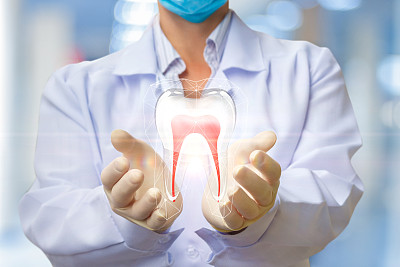The Essential Steps and Considerations for Extracting a Tooth Safely and Effectively
Summary: Extracting a tooth is a common dental procedure that demands a comprehensive understanding of the essential steps and considerations for safe and effective execution. This article delves into four critical aspects of tooth extraction: preparation and patient evaluation, anesthesia options, extraction techniques, and aftercare considerations. Each section explores the necessary methods to ensure a smooth procedure, from understanding patient health to implementing proper aftercare. By adhering to these guidelines, dental practitioners can enhance patient comfort and minimize complications, while patients can feel confident in their care. Ultimately, this knowledge fosters a safer environment for both dentists and patients during tooth extraction.
1. Preparation and Patient Evaluation

The first step in extracting a tooth safely is adequate preparation and patient evaluation. Dentists must conduct a thorough assessment of the patients medical history and current health status. This includes understanding any underlying medical conditions, medications that might affect coagulation, and allergies to anesthetics.
During the initial consultation, dentists should also perform a clinical examination and any necessary X-rays. This helps to identify the tooth’s position, the surrounding bone structure, and potential complications that may arise during extraction. Careful surgical planning is crucial, as it sets the foundation for a successful procedure.
Moreover, its essential to have a clear communication with the patient about the procedure, possible risks, and expected outcomes. Educating the patient helps to alleviate anxiety and enables a more cooperative attitude, thus enhancing the overall experience of the dental visit.
2. Anesthesia Options for Comfort
Anesthesia is a vital component in ensuring patient comfort during tooth extraction. There are two primary types of anesthesia that dentists may use: local anesthesia and sedation. Local anesthesia numbs the specific area surrounding the tooth and enables the patient to remain awake and aware during the procedure.
For patients with dental anxiety or who require multiple extractions, sedation options may be preferred. This can range from mild sedation, using nitrous oxide, to deeper levels achieved through intravenous sedation. The choice of anesthesia should align with the patients needs, level of anxiety, and the complexity of the extraction.
Ultimately, effective anesthesia not only decreases pain but also enhances the overall experience, allowing patients to feel more relaxed and less fearful. Dentists should ensure that they discuss the options thoroughly, ensuring patients are informed and comfortable with the chosen method.
3. Extraction Techniques and Approaches
In cases of impacted teeth, a surgical extraction may be necessary. This involves making an incision in the gum and sometimes removing bone to access the tooth. Each technique demands a comprehensive understanding of the dental anatomy and the application of the right instruments for safe and effective execution.
Care should be taken to avoid damage to surrounding tissues and nerves. To prevent complications, such as dry socket or excessive bleeding, following established protocols during extraction is critical. Ensuring proper lighting and a clean environment also contributes significantly to the success of the extraction.
4. Aftercare Considerations for Recovery
Post-extraction care plays a pivotal role in ensuring a successful recovery. Patients should receive clear instructions regarding aftercare, including managing pain and swelling. Utilizing ice packs can help alleviate swelling, while prescribed pain medications can manage discomfort effectively.
After extraction, maintaining good oral hygiene is essential but should be done carefully to avoid dislodging the clot that forms in the extraction site. Dentists often advise patients to avoid rinsing vigorously, using straws, and consuming hard or hot foods for a specified period. Rather, gentle rinsing with saltwater can promote healing.
Additionally, patients should be informed of signs that indicate complications, such as excessive bleeding or signs of infection. Educating patients not only empowers them to participate actively in their care but also minimizes the likelihood of post-operative issues.
Summary:
In summary, understanding the essential steps for tooth extraction ensures a safer and more effective procedure for both the dentist and the patient. From thorough preparation and assessment to employing suitable anesthesia, performing the extraction, and emphasizing aftercare, all components work in harmony for the best outcomes.
As dental professionals, adhering to these principles not only enhances patient comfort but also fosters a higher level of trust in the therapeutic relationship. Prioritizing safe tooth extraction practices is integral to achieving optimal dental health results.
This article is compiled by Vickong Dental and the content is for reference only



